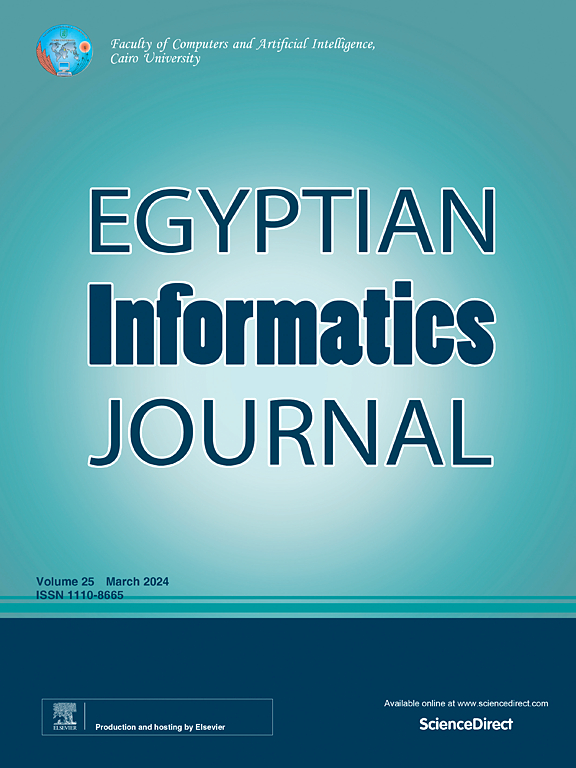Effectiveness of Teachable Machine, mobile net, and YOLO for object detection: A comparative study on practical applications
IF 4.3
3区 计算机科学
Q1 COMPUTER SCIENCE, ARTIFICIAL INTELLIGENCE
引用次数: 0
Abstract
In this comparative study, the effectiveness of three prominent object detection models—Teachable Machine, MobileNet, and YOLO—was evaluated using a diverse dataset consisting of images from four distinct categories: bird, horse, laptop, and sandwich. The objective was to identify the most efficient model in terms of accuracy, speed, and usability for practical applications in fields such as self-driving vehicles, robotics, security systems, and augmented reality. The dataset was meticulously curated and subjected to training across the three models. Results from the comprehensive analysis indicated that the Teachable Machine model surpassed both MobileNet and YOLO in performance, demonstrating superior accuracy and effectiveness in detecting objects across the specified categories. This research contributes significantly to the domain of artificial intelligence by providing detailed insights and comparisons of model performances, offering a valuable resource for further advancements in object detection technologies. The study not only showcases the Teachable Machine’s superiority in handling multi-class object detection problems but also sets a benchmark for future explorations in enhancing object detection methodologies.
可教机器、移动网络和YOLO在目标检测中的有效性:实际应用的比较研究
在这项比较研究中,我们使用由鸟类、马匹、笔记本电脑和三明治四个不同类别的图像组成的不同数据集,评估了三种著名物体检测模型--可教机器、移动网络和 YOLO 的有效性。评估的目的是找出在准确性、速度和实用性方面最有效的模型,以用于自动驾驶汽车、机器人、安全系统和增强现实等领域的实际应用。我们对数据集进行了精心策划,并对三种模型进行了训练。综合分析结果表明,Teachable Machine 模型在性能上超越了 MobileNet 和 YOLO,在检测指定类别的物体方面表现出了卓越的准确性和有效性。这项研究为人工智能领域做出了重大贡献,提供了详细的洞察力和模型性能比较,为进一步推进物体检测技术提供了宝贵的资源。这项研究不仅展示了可教机器在处理多类物体检测问题方面的优越性,还为今后探索增强物体检测方法树立了标杆。
本文章由计算机程序翻译,如有差异,请以英文原文为准。
求助全文
约1分钟内获得全文
求助全文
来源期刊

Egyptian Informatics Journal
Decision Sciences-Management Science and Operations Research
CiteScore
11.10
自引率
1.90%
发文量
59
审稿时长
110 days
期刊介绍:
The Egyptian Informatics Journal is published by the Faculty of Computers and Artificial Intelligence, Cairo University. This Journal provides a forum for the state-of-the-art research and development in the fields of computing, including computer sciences, information technologies, information systems, operations research and decision support. Innovative and not-previously-published work in subjects covered by the Journal is encouraged to be submitted, whether from academic, research or commercial sources.
 求助内容:
求助内容: 应助结果提醒方式:
应助结果提醒方式:


